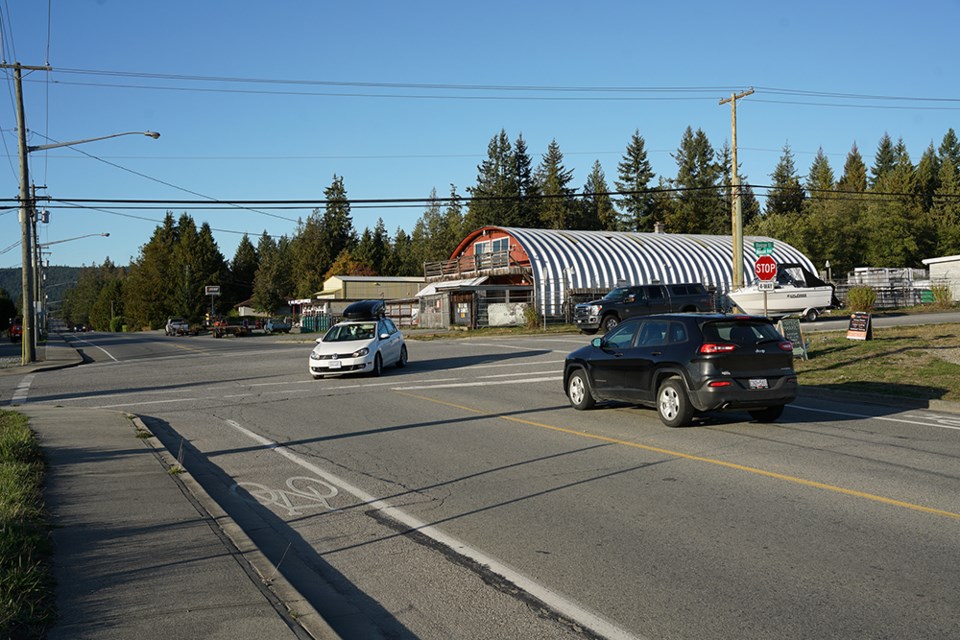A City of Powell River protected intersection project at Manson Avenue and Duncan Street has received $62,978 from the provincial government, which will improve access for cyclists and pedestrians.
According to city sustainability planner Ana Lukyanova, both Manson Avenue and Duncan Street have bike lanes, but they currently end before the intersection.
“Based on ICBC collision data, intersections are where most of the road accidents occur, so it’s important to provide safe facilities for pedestrians and cyclists at the intersections,” said Lukyanova. “This particular intersection had 10 collisions in the last five years based on ICBC data. It was prioritized because it created a gap in existing cycling facilities. ICBC’s road safety program is also supporting the project with a $10,000 contribution.”
As part of the application process, the city conducted traffic counts at the intersection and measured 40 cyclists per two-hour intervals at peak times, or a cyclist travelling through the intersection every three minutes, said Lukyanova, so this intersection is well-used by people on bicycles.
A design for the new intersection project has been developed. The city worked with consulting firm Urban Systems on the design, which will eliminate left turn lanes on Duncan Street. Lukyanova said as highlighted by Urban Systems, left-turn lanes are not recommended at four-way stops for vehicle safety reasons.
“In addition, traffic counts showed that at peak times, Manson Avenue has higher traffic volume and having a left-turn lane on Duncan disproportionately delays Manson traffic,” said Lukyanova. “Traffic modelling completed by Urban Systems showed that overall, removing the left-turn lane will reduce vehicle delays by about six per cent.
In terms of protecting cyclists in the intersection, cyclists are given a clear path to follow through the intersection marked with green paint. Lukyanova said this reduces uncertainty for drivers, cyclists and pedestrians and makes the intersection safer for all users. This project closes the gap in the existing cycling network at the most dangerous point – the intersection.
The design also reduces the distance pedestrians have to cross, similar to the effect of curb extensions.
This project is part of the active transportation component of the city’s parks and trails master plan. Lukyanova said protected intersection treatment is the preferred intersection treatment based on the new provincial 2019 BC active transportation design guide.
The city will be allocating $24,000 from community works fund to the project, which is 30 per cent of the project costs.



